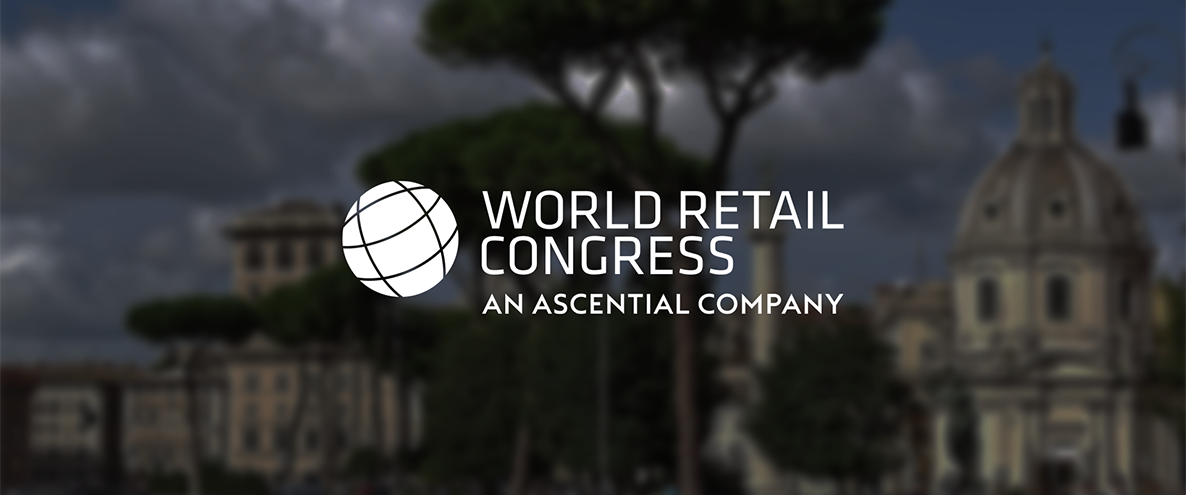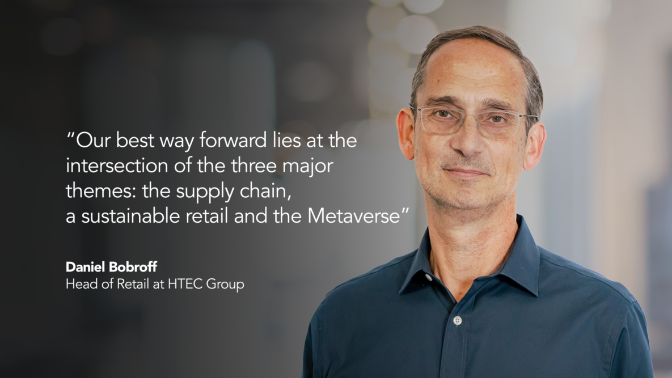“It was the best of times, it was the worst of times, it was the age of wisdom, it was the age of foolishness, it was the epoch of belief, it was the epoch of incredulity, it was the season of light, it was the season of darkness, it was the spring of hope, it was the winter of despair.”
And so, begins one of Charles Dickens’s most loved novels, “A Tale of Two Cities”, set during the tumultuous times of the French Revolution, almost two hundred years ago. Fast forward to today and we can apply these very same words as a striking backdrop to the return of the World Retail Congress after a pandemic induced gap of almost three years, which was held recently in the beautiful city of Rome.
The clarion call for this year’s conference is to “Rebuild a better retail”. Following recent tumultuous years, retail now faces a perfect storm of increasing commodity prices, supply chain disruption, and a customer who has torn up the rule book in how they wish to shop.

Tough times for retail
The war in Ukraine on the back of devastating pandemic restrictions, feels incredulous to many retailers. A season of darkness unlike any they have witnessed in their careers.
At the same time, their responsibilities to the planet can no longer be ignored either and there is a palpable sense of urgency to work within “planetary boundaries” to achieve a sustainable retail. Despite these huge challenges, digital and particularly the promise of an immersive Metaverse, offers the hope that many seek.
The economist’s view is a tough place to start–significant commodity price rises and a whole host of consequential disruptions from both the pandemic and the war, not least the difficulties ensuring shipping and cargo, rapid inflation, and the shortage of labor. This will continue to wreak havoc upon the global economy for some time yet. Add to this the real risk of falling into recession.
Whilst many countries (such as the UK) have successfully transitioned from previous pandemic restrictions, the situation internationally remains a patchwork. In Italy, for example, masks are still mandatory in much of daily life. In China, where locally produced vaccines have shown themselves to be less effective, they are maintaining a zero-tolerance approach, such as closing an entire port when a single case of Covid is detected. One indirect consequence for China is the serious problem emerging with its housing stock. Many new build properties remain empty, and with 30% of China’s GDP coming from the housing sector, this is the reason for concern. China’s deceleration after Covid looks set to continue, as it treads a fine line to avoid rupture with the West, notably in its relations with Russia. However, this is beginning to look unavoidable.
Whilst many companies are now scrambling to diversify their supply chains away from China due to the perceived risks, clearly this is no small task. Globalisation is under threat, and we continue to see the rise of protectionism.
But as retail took its first steps away from the pandemic, the customer responded with a significant spike in demand. Although the inflationary pressures of this increase felt initially short term in their nature, the situation in Ukraine threw a huge spanner into the works. The result has been further upward inflationary pressure and a dramatic increase in orders for goods that producers can no longer meet. At the same time, massive hikes in energy prices are already beginning to be felt by retailers and, ultimately, these will continue to trickle down into every aspect of retail. It draws obvious comparisons with the recession of 1974, brought about by a fourfold increase in the price for a barrel of oil.
So, are we sliding into a winter of despair, or can we truly build a better retail that ushers in a spring of hope?
Whilst disruptions to the supply chain will be a continuing challenge to retail’s performance during 2022, the sectors’ responsibility to the planet is also looming large. It has been clear for some time that humans are significantly overshooting what some describe as our “planetary boundaries”. Some parts of retail, notably fast fashion, regularly appear most lacking. Sustainability within retail is certainly possible but clearly there is still much work to be done. Many retailers have set targets on their journey to becoming carbon neutral. But there are also too many of them that are either significantly behind or do not have concrete plans on how to meet these ambitions.
An effective sustainability action plan calls for bold goals and a clear narrative. To have any chance of success, it must be set explicitly as a priority by the CEOs. Retailers must reimagine their business models, since we are told that only one quarter of the work that is likely to be required can be achieved by leaving the current business models in place. But even though this is about people and planet and not profit, placing value capture at the heart of the plan offers the greatest chance of success. Digital will deliver the toolkit required to unlock this business model innovation as well as power novel collaborations. Retail is now moving to an end-to-end integration model and all retailers will need friends on this journey. The ability to work together, favoured by 90% of respondents to a recent BCG survey and historically shunned by many retailers, is now seen as essential. Early movers will secure a substantial competitive advantage.
“An effective sustainability action plan calls for bold goals and a clear narrative. To have any chance of success, it must be set explicitly as a priority by the CEOs.”
Against this darkness, the light is represented by the speed of technological progress. And nowhere is this more exciting for retail than in the prospect of virtual worlds that our digital selves will inhabit. It is expressed by now ubiquitous term — Metaverse. It is also an ultimate reflection of our ambition to create a digital retail experience that not only reflects but, in many ways, surpasses our physical ones. Our life as shoppers in this new digital frontier has already witnessed a meteoric rise during the pandemic, with e-commerce trebling if not quadrupling to a 40% share. Some have gone much further than that. Estimates now suggest that for most retail categories, the majority of spend will be online by the end of the decade.
“Against this darkness, the light is represented by the speed of technological progress. And nowhere is this more exciting for retail than in the prospect of virtual worlds that our digital selves will inhabit. It is expressed by now ubiquitous term — Metaverse.”
But more recent experiences such as those of George Yang in building Cult&Rain, self-described as “the first luxury fashion brand born from the crypto universe” are remarkable. From a boot strapped startup to a seven-figure brand within its first year, selling only its digital incarnation, the NFT, and demonstrating the new reality of how retail and entertainment will merge.
Rising to the challenge
It seems that our best way forward lies at the intersection of these three major themes: the supply chain, a sustainable retail and the Metaverse. Our sustainability ambitions remain heavily dependent on the technology we deploy to track and trace. Our supply chain challenges will be alleviated by our ability to move to a model where we make what we sell rather than sell what we make. And finally, by creating a digital retail experience that is both immersive and addictive we will be able to collaborate with the most important participant of all, the customer, on a higher level.
Unparalleled times for retail and truly a tale of two cities.






